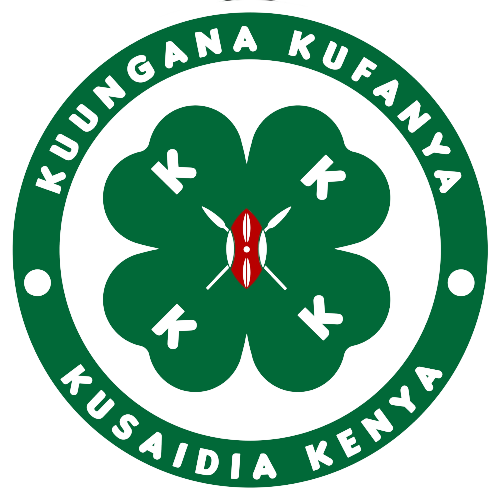MAIZE
Maize is the staple food in most farming areas of Kenya and is grown under both rain fed and irrigation. The maize growing areas of the country are located in ecological zones that allow the maize to grow irrespective of limiting temperature and rainfall environments.
Varieties
Maize varieties are recommended according to altitude and rainfall as follows:
- 600 series e.g. H627, H625, H626, H614D, H632, H622,
- H6211, H6212, H6213, H6210 for highlands with high rainfall; 1000m – 2100 above sea level
- 500 series H513, H512, DH04, Pioneer 3253, Pannar 5355, Pan 67 for medium altitude with medium rainfall
- Katumani composite, DH 01, DH 02, Makueni, Duma 41, Duma 43 for dry lands with marginal rainfall; 800-1800m ASL
- PH 4, PH 1, Coast composite for Lowland Zones-Hot and Humid 0-800m ASL
- KSTP 94 and WS204 that are resistant to striga


MILLET (Panicum miliaceum)
Millet is a fast-growing cereal plant that is widely grown in semi- arid lands of Kenya. The numerous small seeds are mainly used to make flour for popular local recipes such as Ugali and Uji.
Varieties
Finger Millet (Eleusine coracana) – P224, Gulu E, KAT/ FM/FM – 1, LANET/ FM-1. These are brown in color
Pearl Millet (Pennisetum glaucum) – grey in color – KAT / P M-1,KAT / PRO-1. These are grey in color
Proso Millet (Panicum miliaceum)- Cream – KAT / PRO-1. This is cream in color
Fox tail Millet (Setaria italica) – Yellow in color – KAT / FOX-1. Yellow cream in color
SORGHUM
Sorghum is grown mainly for its grain although it has other uses like fodder and bio-fuels. Most varieties are drought and heat tolerant and are especially important in arid regions.
Varieties
Serena, Seredo, KARI MTAMA1, KARI MTAMA2, 1576, E1291, Gadam, E6518, Legio, Kaburu, KARI A -SH2.

